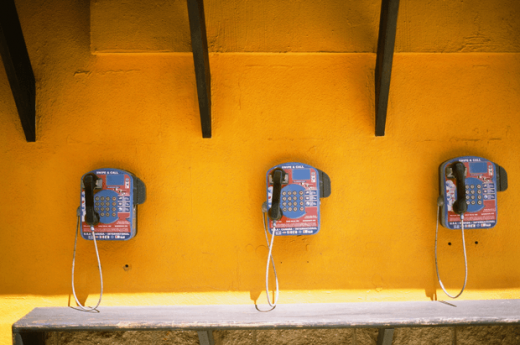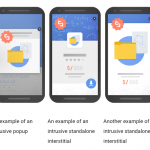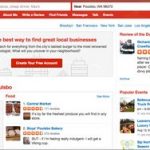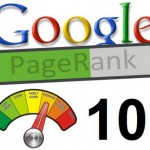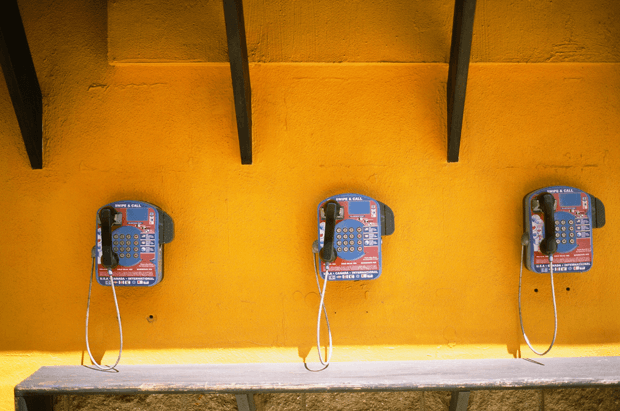Mobilegeddon: What actually came about
July 7, 2015
Mobilegeddon. Like most catastrophe films, it seems the previews were more terrifying that the full-size characteristic. No basic howls of despair had been heard. yet that doesn’t imply it was once without affect.
here’s our spherical-up of some different publish-Mobilegeddon research that looked at certain market or industry segments to look how they fared specifically.
How Mobilegeddon Hit SMBs
Koozai, a digital advertising and marketing firm, reviewed the influence of Mobilegeddon on 4,600 SMBs across four international locations (US, Canada, UK, and Australia). damaged down via u . s . a ., their analysis discovered that anyplace between 35 and forty one p.c of respondents skilled a drop in rankings by way of at least three locations.
on the other hand, they also discovered some inconsistency in that an even section of respondents, between 19 to 27 percent, noticed their placements drop although their web sites were cellular optimized. Ben Norman, CEO and founding father of Koozai explains his take on why optimizing for Mobilegeddon particularly will have been insufficient:
With more than 200 Google ranking elements, many companies may have dropped within the natural search results when a competitor optimised for cellular as a result of they were better optimised for a few of these different ranking elements.
put off from Koozai: SMBs could make the most of a deeper working out of both the person’s cell experience and the broader scope of ranking elements beyond one algorithm update.
What about the big manufacturers?
instead of operating a large survey, Decibel Digital took a closer have a look at some specific large brands to peer how they fared.
They compared the submit-Mobilegeddon experiences of two main automotive insurers and where they had been ranking for “cheap automobile insurance coverage”. prior to April 21, 2015 (the day Mobilegeddon began it’s roll out), AA insurance coverage company appeared on the primary page of search engine outcomes for “low-cost car insurance coverage,” but has seeing that dropped back to the dreaded 2d web page. In contrast, greater than, the opposite car insurance coverage company, is now on rating at the prime of the implications for the same search term.
Decibel Digital’s prognosis: AA most effective had a number of mobile-optimized pages, while more than optimized its whole website for cell.
most likely AA’s most very important error was once making their residence web page mobile-friendly, but now not their touchdown web page. any person clicking on the big “insure my automobile” call-to-motion on the cellular-optimized dwelling web page is taken to a landing page with a nasty cell consumer experience. greater than, using a responsive site, had a mobile-pleasant touchdown page.
As Owain Powell from Decibel notes:
The AA should not delivering cell-optimized sitewide expertise. This may also be viewed affecting their search rankings as smartly, which is probably going dinging traffic and site conversions too. … Search visibility affects UX and vice versa.
One associated observe: Larry Kim of Wordstream studies that searches on model names themselves haven’t shown any vital changes. (check up on the identical hyperlink for even more reviews of studies taking a look into Mobilegeddon’s impression.)
combat of the manufacturers
In some other face to face struggle, the parents at CWS, an internet design and website hosting company, seemed on the experiences of two producers. in this case, neither firm was terribly smartly-set for cellular. firm A had a single mobile-pleasant landing web page. company B used to be completely unresponsive to cell.
comparing every firms’ metrics from both the month prior and month after Mobilegeddon, they discovered:
- both companies dropped in the search listings, however firm B’s drop was once higher
- in addition, the drop for company B’s non-responsive pages was once better than the drop of firm A’s non-responsive pages
- each companies experienced greater jump rates, even though company B’s raise used to be 6x as so much as company A
- firm B saw it’s cell site visitors decrease through nine percent, whereas company A’s cell visitors got a small bump – five p.c

Are you ready for all those telephones?
put off: taking a look at each the enormous brand comparability and these two manufacturers, if it’s a must to prioritize which pages get cellular-optimized, be sure your touchdown pages provide a excellent cellular person experience.
E-commerce keywords
cell answer supplier Moovweb looked at the first web page results for over 1,000 e-commerce key phrases to peer what percentage had Google’s “cell-friendly” tag. They discovered that seventy seven percent of all high 10 spots (the first page) had the “mobile-pleasant” tag. the top spot was once so-tagged eighty three p.c of the time, after which the percentages declined from there, with the tenth spot falling between sixty five and 70 percent.
Their learn about of those e-commerce key phrases started the week after the Mobilegeddon rollout and lasted for six weeks. Over that time period, the percentage of first page outcomes tagged as “mobile-friendly” stayed steady.
due to the fact they didn’t evaluate this data to pre-Mobilegeddon results, we don’t recognize namely whether or not these percentages have modified drastically because of Mobilegeddon. As they provide an explanation for in their post, sharing their findings:
…the just about two-month warning Google equipped, together with the tools to comply, was extraordinary. It’s therefore imaginable most top-ranking internet sites was cellular-pleasant in time to retain their key phrase positions by the time Google had completed rolling out their replace, one week after April twenty first.
Their learn about did verify what Moovweb said discovering in different research it’s completed; particularly, that different industries are at totally different levels of mobile maturity. for instance, the key phrases related to retail and healthcare industries had better percentages of cellular-pleasant pages in the high ten spots, between seventy five and 80 percent. then again, simplest between sixty five and 70 % of the top 10 spots for transportation and schooling-associated keywords had been cell-friendly webpages.
Takeaway: As with many web optimization factors, the relative competitiveness of the specific trade can result in very different experiences.
where to go from here
First is to acknowledge that there are instances that make assessing the entire impression of Mobilegeddon difficult. First, Google’s long lead time and suggestions provided numerous probability for sites to support their cell optimization. 2d, Google rolled out a Search quality replace all over Mobilegeddon, which makes it hard to attribute results to a selected result in.

So the shortage of huge-based vital affect doesn’t imply that optimizing for cell isn’t essential to grow, or even care for site visitors. Two search engine optimisation trade observers have noted that Gary Illyes, Webmaster trends Analyst at Google, has talked about both the increases in smartphone search and volume of cell traffic into YouTube when alluding to future changes prioritizing mobile optimization in search results.
So head’s up on making improvements to your webpage and touchdown page cellular-friendliness.
There may be a sequel…
(there’s always a sequel).
Digital & Social Articles on trade 2 group
(140)

